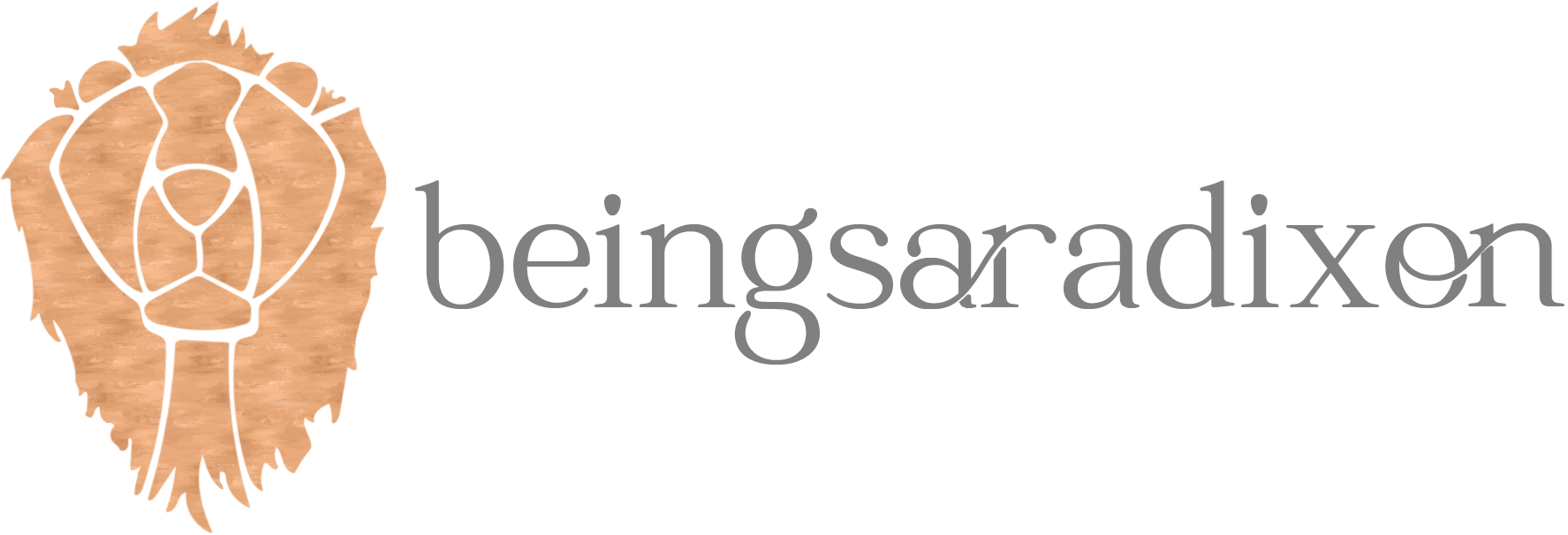Watercolor (without pulling your hair out)
Art doesn't have to miserable and messy and time consuming. It can be fun and even relaxing. That's what we're about here. Put aside your expectations and just go with it. Here's a quick DIY for you to make watercolor as delightful and simple as coloring.
You should know that watercolor was my arch nemesis for a long time. It seemed to require subtly that I just don't possess and I couldn't figure out layering, blending, and not making a mess on my paper. It was frustrating. While I'm certainly not an expert at watercolor, I have grown to love it. It's simple and peaceful. I love ending my day with a quiet (and quick) watercolor. Below are the supplies you'll need and my tips for Watercolor (without Pulling Your Hair Out).
*even kids can do this!
SUPPLIES: *total cost $20ish
-watercolor palette (or pencils) & brush
-watercolor paper
-printable template (.use mine or make your own)
-small cup of water
-paper towel (*not necessary, but helpful)
PROCESS:
1. Print template on watercolor paper or lightly draw picture on paper
2. Paint
3. Feel like a creative boss
TIPS & TRICKS
1. Easy does it.
Take your time. This is fun.
2. Limit your variables.
Start small. The first time I tried watercolor I wanted to do lots of color and detail. That was an overwhelming mess. Pick one, simple object and don't worry about background (Pro tip: call the white background "negative space" and people will think you're an art pro). Limit your colors to 2 or 3. My first one was one color and now it hangs in my office. After a few finished watercolors, you'll have a feel for how to introduce more color without making a mess.
3. Pick a Color Palette.
A good color palette is the difference between a child's art project and professionalism. If you pick primary colors, your watercolor will look elementary. However, if you pick colors with a little more sophistication, your piece will have more nuance and cohesiveness. It also looks more elevated. Here are keys to remember: white makes things lighter, black makes them darker, and gray makes them more neutral. My rule of thumb is always neutral and if I'm going for bright colors, I always look for balance by keeping them either in the same color family or diluted the same way. Bottom line is you just want your colors to look like they belong together. (*feel free to mix colors on the lid of your palette...no one needs more supplies)
4. Handling the Subtle
This was the trickiest part for me, but the great thing about watercolor is that a little goes a loooooooonnnnngggg way. Start out light and add color layers as you need. So get the brush wet, dip it in your color and gently put it on your paper at the place where that color will be the darkest. Use that place as a starting point to push the rest of the paint out. If it's too dark, simply rinse your brush in your water, and leaving a drop or two of water still in the brush, put it back in the same spot and push the color out. If you need more color, go back to your palette. Then layer until you like it. Adding water will dilute the color which can make highlights. If water is getting out of control, lightly use the paper towel to absorb the excess.
5. Outline the Finished Product
Currently I'm relying on this trick to cover over my template or pencil lines. I'm not ready to freehand weld a watercolor brush. I like the lines and boundaries. They keep me from making a mess of all things, but they show at the end and I don't care for it. So I pull out a micron or gray thin tip marker and gently trace them. They make a huge difference and for me it's worth the "mixed media" to have a fresh and clean finished product.


